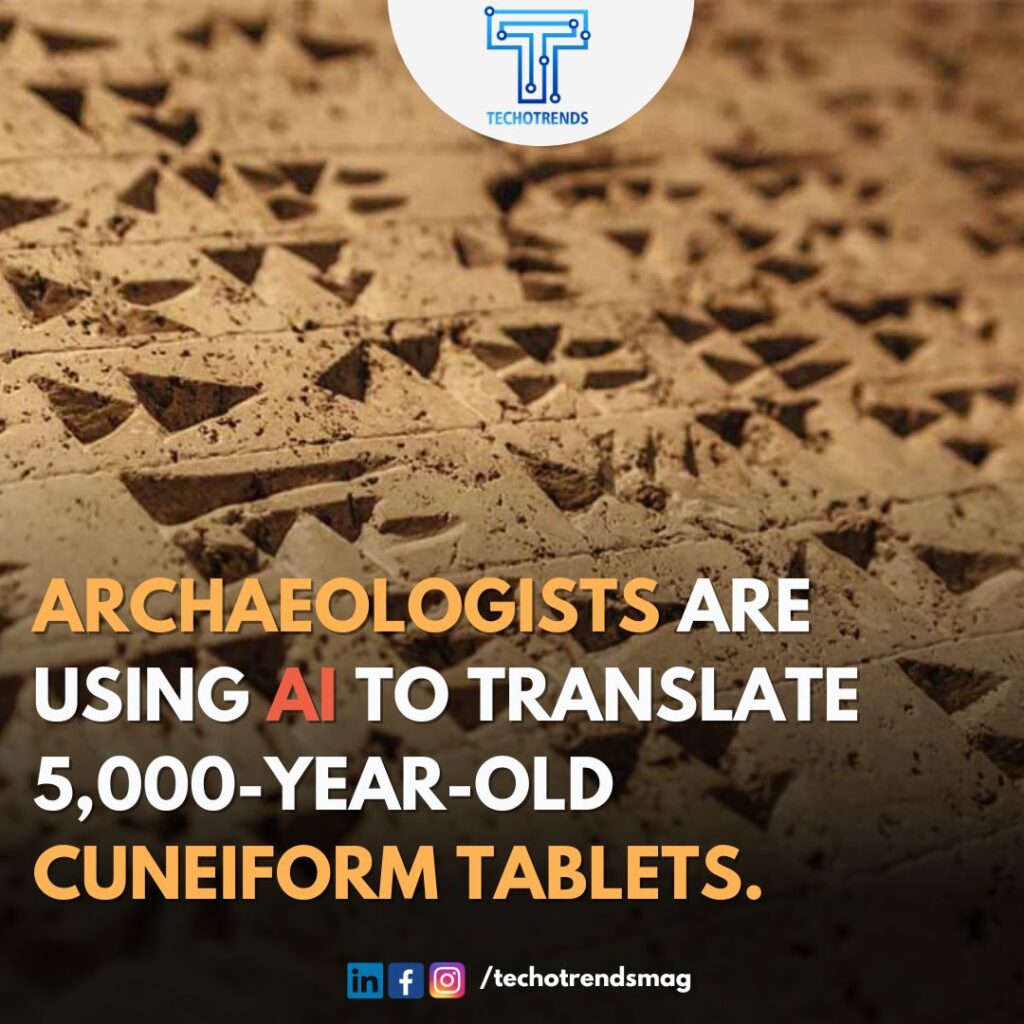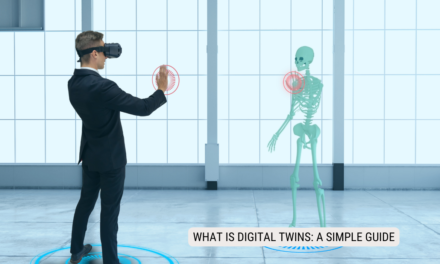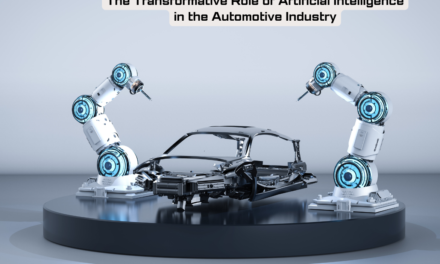
Archaeologists have embarked on an extraordinary journey, leveraging the power of AI to decipher enigmatic cuneiform tablets dating back 5,000 years. These remarkable artifacts, etched with wedge-shaped impressions, hold invaluable insights into ancient civilizations. With the help of cutting-edge technology, researchers are now able to unlock the secrets hidden within these ancient texts.
Thanks to AI advancements, the translation process has been revolutionized. By training machine learning algorithms on vast datasets of known cuneiform texts, AI systems can now analyze and interpret the intricate patterns found on the tablets. This groundbreaking approach allows archaeologists to unravel the mysteries of long-lost languages, revealing stories of ancient cultures and civilizations.
The implications of AI-assisted translation go beyond mere linguistic analysis. By understanding the content of the cuneiform tablets, historians gain unprecedented knowledge about societal structures, religious beliefs, legal systems, and even everyday life in ancient times. This digital decoding of history provides an unparalleled window into the past, enriching our understanding of humanity’s early chapters.
Collaborative efforts between archaeologists and AI experts have led to significant breakthroughs. By combining their expertise, these interdisciplinary teams have paved the way for a new era in archaeological research. The application of AI technology in translating cuneiform tablets not only expedites the process but also enhances accuracy, ensuring more precise interpretations of these ancient texts.
As AI continues to evolve, the potential for unlocking further secrets hidden within ancient artifacts grows exponentially. The synergy between artificial intelligence and archaeology promises to shed light on countless historical enigmas, rewriting the narratives of bygone civilizations. This exciting frontier opens up endless possibilities for uncovering humanity’s rich heritage and preserving it for generations to come.




